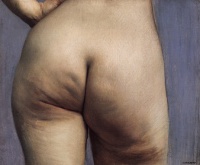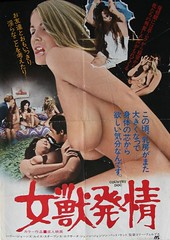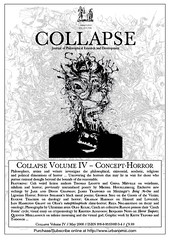Prints and Visual Communication (1953) – William Ivins [Amazon.com] [FR] [DE] [UK]
I’ve read ten pages of William M. Ivins, Jr.‘s Prints and Visual Communication and this work is incredible and incredibly neglected. In its first ten pages it presents a full revisionist history of Classical Antiquity vs. The Dark Ages (what the Greeks and Romans didn’t have). (see “Technology and Invention in the Middle Ages“, Lynn White, published in Speculum#15, April 1940)
But more remarkable still:
From the blurb:
- “The sophistication of the photographic process has had two dramatic results–freeing the artist from the confines of journalistic reproductions and freeing the scientist from the unavoidable imprecision of the artist’s prints. So released, both have prospered and produced their impressive nineteenth- and twentieth-century outputs.”
With all Ivins’s talk about “freeing the artist from the confines of journalistic reproductions” with regards to the invention of the photographic process, I find it very surprising to find no mention of Walter Benjamin‘s The Work of Art in the Age of Mechanical Reproduction in this book. Benjamin wrote in 1935/1936:
- “For the first time in the process of pictorial reproduction, photography freed the hand of the most important artistic functions which henceforth devolved only upon the eye looking into a lens.”










